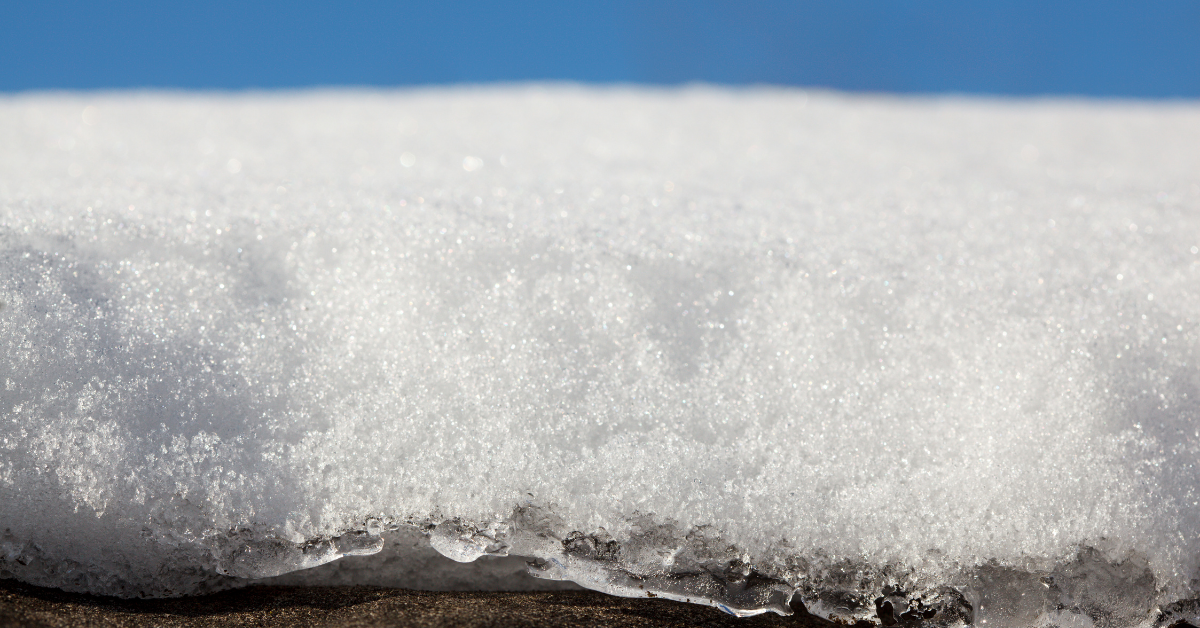The Freeze and Thaw Cycle

The Cycle of Freezing and Thawing Temperatures Can Ruin a Roof
Freezing and Thawing Temperatures Aggravate Roof Issues
As winter weather shifts and temperatures begin to rise, these fluctuations can aggravate existing roofing issues. It’s common to encounter new leaks, largely as a result of the freeze/thaw cycle.
As temperatures rise, water makes its way into small cracks or holes in the roof. Then, when the thermometer drops again, the water freezes and expands, creating a void between the surrounding roofing materials. This allows more water to collect, continually growing and worsening the problem.
The Longer The Cycle Continues, The Worse The Damage Gets
This cycle affects all types of roofing systems, from shingles to membranes and metal. It can also affect any part of the roof that has collected moisture, including the gutters, decking, and insulation. Watch for changing coloration on your ceiling, which could alert you to a roof leak.
The freeze/thaw cycle can happen daily. Warm, sometimes sunny days, can be followed by colder overnight temps. The damage to your roof could spiral out of control quickly. Clear the snow away from around your gutters to help the melt run-off and prevent ice dams from forming under the snow.
Your roof could be suffering effects from the Freeze/Thaw Cycle
- If you notice new leaks on your ceiling
- Ice dams are forming on your roof
- Your roof is sagging under the weight of built-up snow and ice
Call Our Professional Roofers
Don’t hesitate to call the professionals at Great Lakes Roofing Corporation at 800-871-5151. We strive to keep your roof watertight.
Check Out Our Recent Blog Posts!





